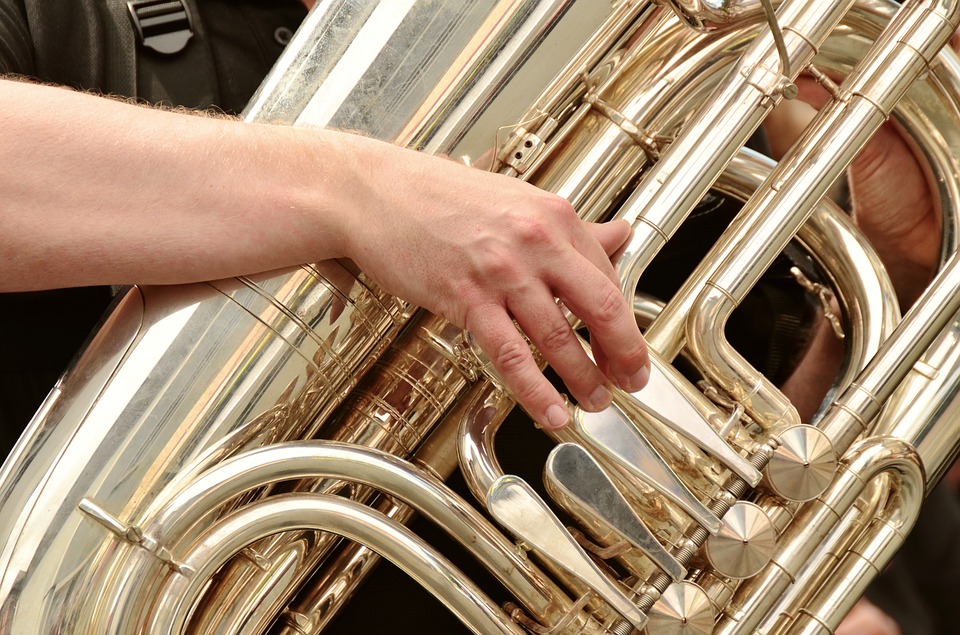In order for a vehicle to function properly, it needs a well-maintained carburetor. Its primary function is to provide internal combustion. However, dirt can actually affect its overall performance, particularly the engine as well as the timing of the car. It is easy to keep your vehicle running smoothly and in tip-top condition by learning how to clean a carburetor.
Materials Needed
This is a moderately challenging task, which usually requires certain materials and tools. In doing this, you need to have an Allen wrench, compressed air as well as a cleaning solvent. Furthermore, you must also have rubber gloves for safety purposes. When these things are available, you can start cleaning the carburetor of your car for better and smoother engine performance.
Steps
Before doing this task, you need to identify the carburetor. This is important because you have to remove it from the engine. It is actually connected to different lines including the vacuum line, cold choke tube and PCV hose. Likewise, it is also connected to the throttle and gas line. In order to remove it, you need to cut these connections first. Aside from these, it is also bolted to the engine manifold. Get the Allen wrench and then use it to unscrew the four different bolts. After this, slowly take out the carburetor.
Get a clean container enough to hold the carburetor. Pour in some cleaning solvent that is enough to cover it entirely. Remember to take the plastic parts off first because they can actually erode when soaked in cleaning solvents. After removing these parts, dip the carburetor right into the solution and then let it stand for some time to loosen up dirt and grime. Amongst the many available options, always choose caustic cleaners because they clean much better compared to other products out there. For the inner parts, get compressed air and then use it to blow right through the various holes.
After soaking it overnight, take it out of the solvent and wipe it dry right away. Do not handle it with your bare hands. Instead, use gloves to protect your hands from this type of harmful chemical. Once again, use compressed air to blow through the holes and other hard-to-reach parts. After this, you can now enjoy better performance from your carburetor, which can actually lead to smoother engine flow. Use the wrench to reattach it right onto the engine manifold. Likewise, reconnect the five different lines, namely the gas line, vacuum line, cold choke tube, PCV hose and throttle.
Additional Tips and Other Helpful Information
While taking the different parts off, it is good to label each of them for easier reinstallation. When cleaning this all-important part, be sure to return even the smallest parts of the engine. It is always good to wear protective gears like safety gloves, particularly when handling hazardous chemicals and substances.



